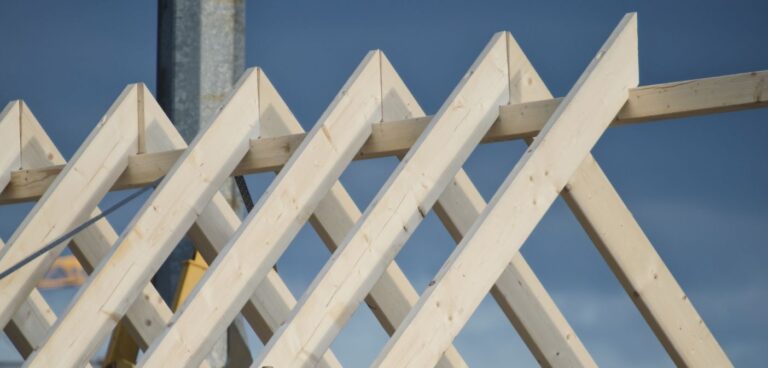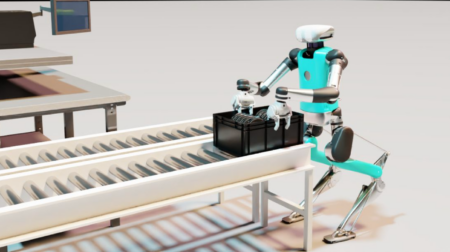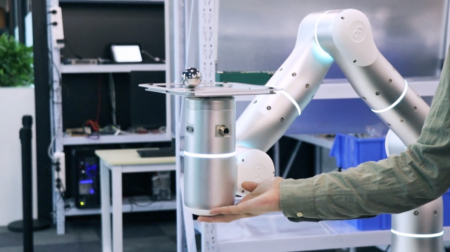Quebec Wood Export Bureau (QWEB), a Canadian non-profit organisation promoting the use and export of timber, has created a machine learning tool – CarbonFixer – to pre-calculate the CO2 impact of choices in early-phase building designs.
The tool has been developed with global AI consultancy Brainpool.ai, with the objective of helping the building sector to decarbonise by showing the CO2 impact of traditional concrete and steel in comparative scenarios with wood and bio-sourced building materials.
According to the collaboration, many architects are now aware that making concrete and steel creates vast amounts of CO2, with cement alone causing 8% of global emissions. The building sector, when including emissions from the building construction industry, accounts for 38% of total global energy-related CO2 emissions.
To achieve industry goals of being carbon-neutral by 2050, the sector needs to increase decarbonisation and explore the feasibility of sustainable building materials, the partnership added.
CarbonFixer is designed to give the construction industry a fast and simple comparison to explore the use of environmentally sustainable alternative building materials in more depth. QWEB’s US architect liaison and software project lead Eli Gould described CarbonFixer as “like using a mortgage calculator before going to the bank, it gives an idea of what to expect.”
It is a free tool designed for architects and sustainability professionals that uses basic building data (type, dimensions, area and structural data) to produce comparative scenarios between using timber or concrete and steel. It also offers pre-sets for fire resistance and acoustics, and guides design considerations with industry-specific knowledge and norms.
“Attitudes to using wood in construction are changing,” said Gould. “We wanted to build a tool that counters the greenwashing around non-sustainable building materials and gives architects and construction firms the data and confidence to explore timber options.
“The Brainpool.ai team has been instrumental in developing the CarbonFixer, they were fast and passionate and have created something very robust that we can soon launch to market.”
Building with wood consumes much less energy than using concrete or steel, emitting just 14% and 10% of the relative CO2. Between 15% and 28% of new homes built in the UK annually use timber frame construction.
“CarbonFixer is a complex application because of the volume of data that has to be collected,” said Kasia Borowska, co-founder and managing director of Brainpool.ai.
“Our team of backend developers and ML experts collated the data quickly and built a robust proof-of-concept for the application, which the CarbonFixer team can develop further into the future. The project shows how environmental AI has a growing role in the construction industry from proving how sustainability is feasible, through to automating building designs to find the most eco-efficient plans.”
Brainpool.ai’s data scientists built the initial web application that uses multiple data sources to calculate the carbon savings from using wood. The final version of the application will incorporate a machine learning engine to continuously improve the accuracy of the calculations and output. CarbonFixer has hired people to focus on the machine learning functions to build and develop the tool. This will include future plans to have free integrations with popular design software and a bank of archetype structures ready to be used customised by design studios.








